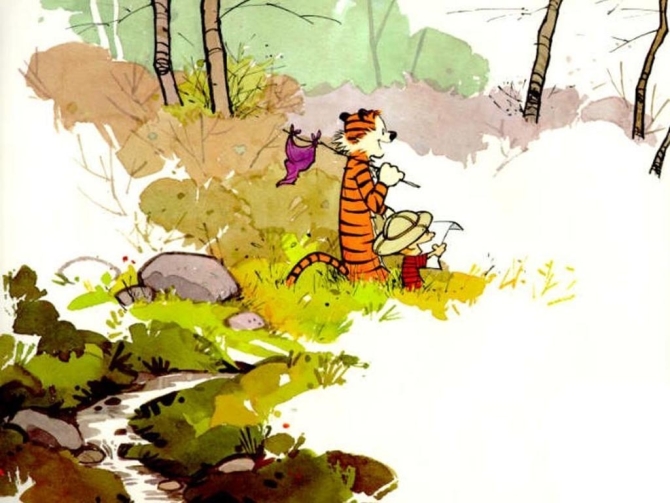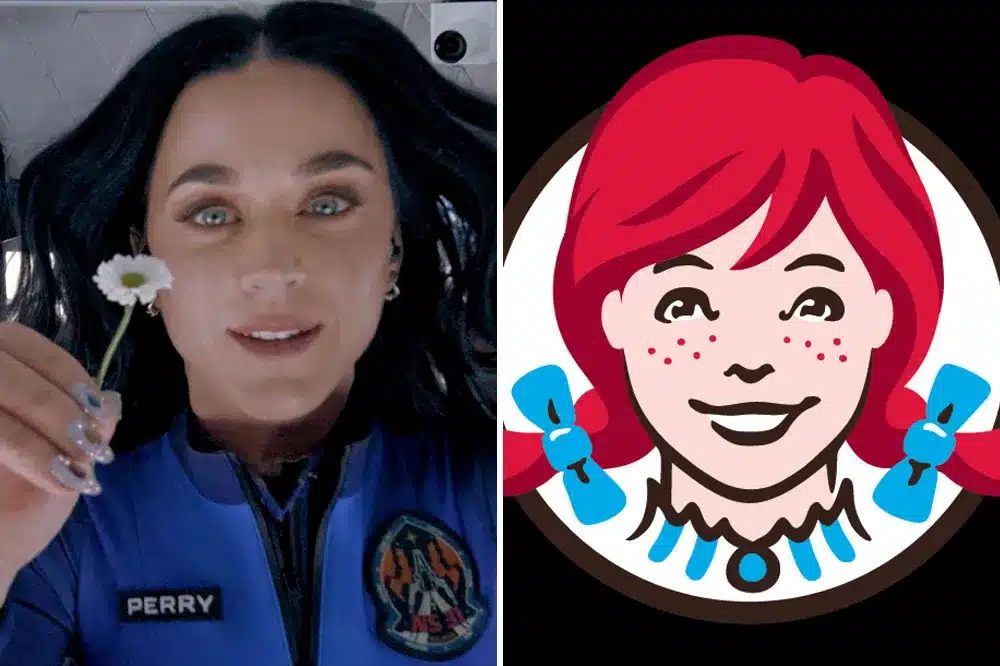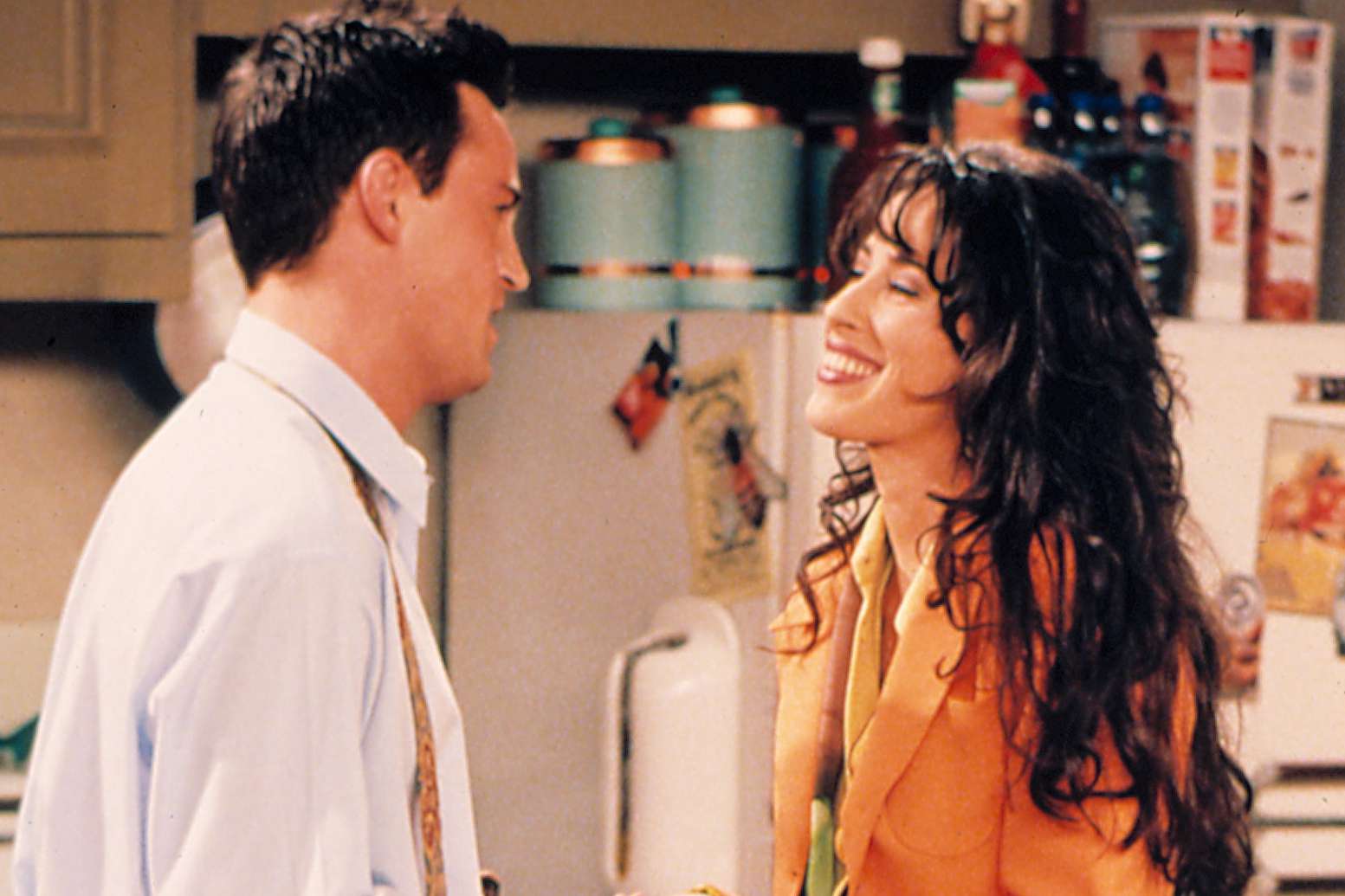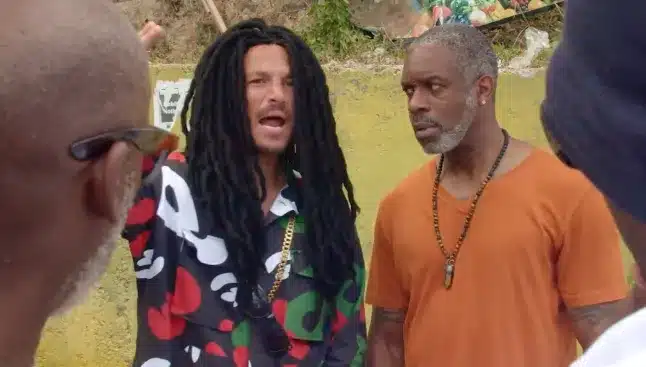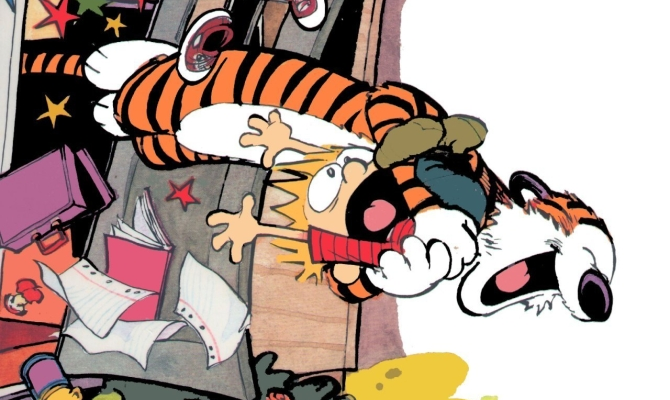
Writing about why you like Calvin and Hobbes is a bit like writing about why you like ice cream. You just do. And just like ice cream, if someone tells you they don’t enjoy it, then they must be automatically viewed with suspicion as they probably don’t have a soul, or at best a very weird, brittle soul that is unable to process things like joy and wonder. They also probably weren’t hugged enough as a child.
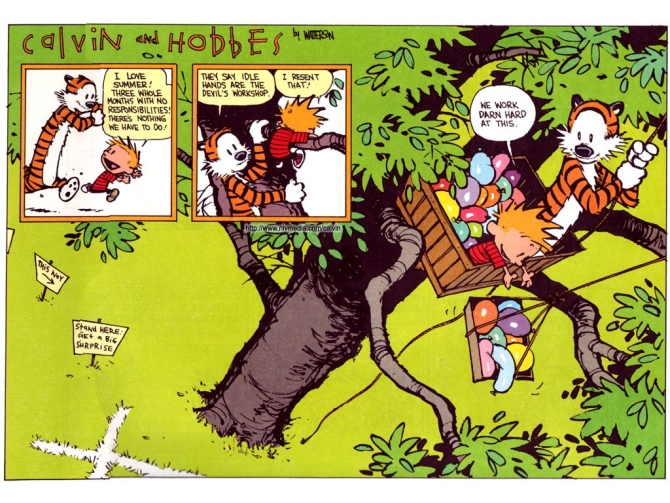
For the uninitiated, Calvin and Hobbes was an American comic strip written and drawn by artist Bill Watterson which ran in several daily newspapers. It told stories revolving around a small boy (Calvin) and a stuffed toy tiger (Hobbes) which appeared to come to life around him. The strip lasted from 1985 to 1995 before its creator decided that he’d quit while he was ahead and effectively vanished from sight to pursue other interests, creative or otherwise.
During its ten years of existence, it was read by millions the world over and built an adoring fanbase which is still going strong today. Google ‘Calvin and Hobbes’ and you will find a plethora of fansites and tributes. A documentary on the strip, Dear Mr Watterson, was funded by fans last year via Kickstarter and will be released in the spring. People still adore it, but why?
☛ More Reading Joy: The Joy Of Books
There are a lot of reasons. Calvin and Hobbes represented a high point in children’s comic strips, raising the bar for the medium to ridiculous heights and then promptly doing a pole-vault over it. Watterson put his heart and soul into the strip and it teemed with craftsmanship as a result. The artwork was exquisite and always expressive, whether it was a black-and-white drawing of a six-year-old boy or the stunning watercolour landscapes of an alien planet.
It played with the conventions of comic strips, utilising all manner of narrative and illustrative tricks and devices but never falling into cheap gimmickry. The dialogue was simple but profound and stories evoked all the staples of childhood, from building snowmen and make-believe worlds to school bullies, boring classes and awkward playground crushes.
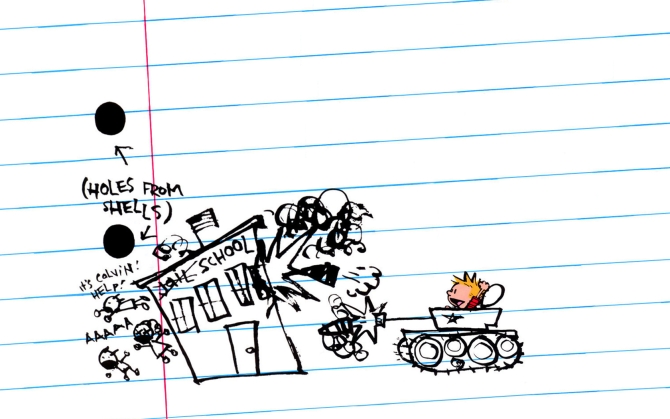
☛ More Comic Books: Ex Machina
Though it dealt with childhood, Cavin and Hobbes hit the sweet spot that only a select few (Pixar being one of them) can manage: art that resonates with all ages. It was heartfelt without being saccharine, humorous without dumbing down and touching without inducing dry heaves. I’ve touched on this point before, but there’s a lot to be said for any children’s entertainment that is sharp, dynamic and occasionally uncomfortable.
Calvin and Hobbes was a great example of this, taking on subject matter that other cartoonists would either balk at or simply make a mess of. In one particular strip, Calvin daydreams he is a fighter pilot, wiping his school off the face of the planet with a missile strike. In another, he imagines his parents concocting a plot to have him killed at dinnertime. Whatever story he was depicting, Watterson always treated his audience as literate, intelligent readers, regardless of age.
☛ Additional Coolness: X-Men Title Sequence In Stop Motion
Also worth mentioning is Watterson’s extraordinary efforts in keeping his creations as pure as possible by fending off attempts to over-commercialise them. He released numerous books and collections but strictly forbid licensing the characters for anything else. There were no toys, cartoons, t-shirts or lunchboxes, despite fans clamouring for them. Watterson could have made millions from flooding the world with official Calvin and Hobbes tat, but believing that such a move would sully his art, he avoided the easy option and stuck to his guns. In a world of Disney movie Happy Meals and other destined-for-landfill junk, Calvin and Hobbes remains the Fugazi of popular comic strips. And it went out on a creative and commercial high with no opportunity to go stale or repetitive.
It’s almost impossible for me to pick my favourite Calvin and Hobbes strip, or even my favourite collection, although I would strongly recommend ‘Scientific Progress Goes Boink!’ as an entry point for anyone new to the series. It’s still heartwarming to see the books on prominent display in comic book shops, nearly twenty years after the strip finished its run. If you haven’t read any of them yet then you are in for a treat, and even if you have, read them again and then go find that weird friend of yours and tell them to give the books another try. They’ll thank you for it one day.
